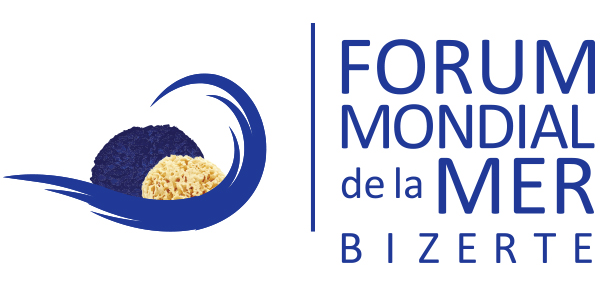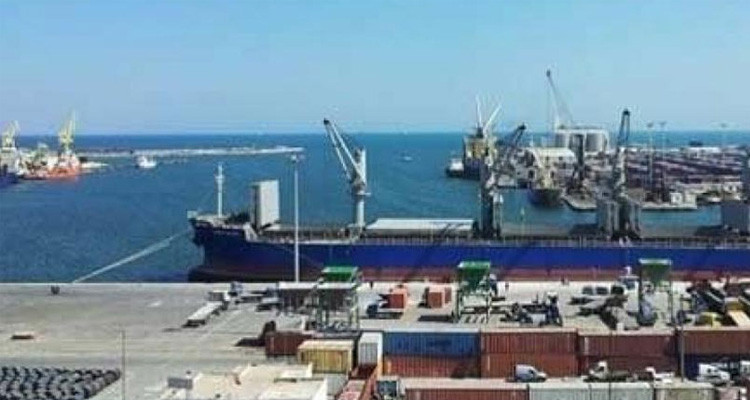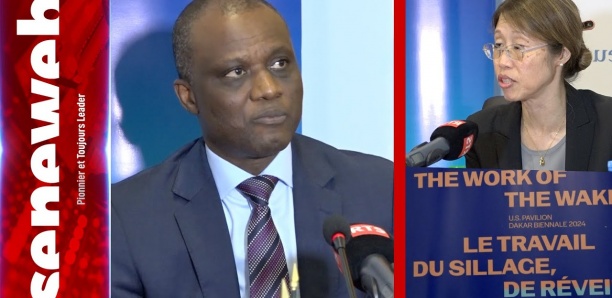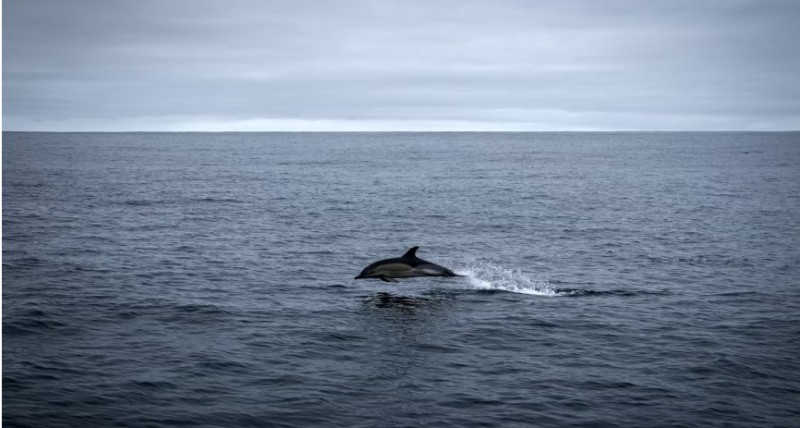Zarzis Commercial Port Faces Multiple Challenges Hindering Efficiency
The management of Zarzis commercial port has outlined several issues limiting the site’s operational effectiveness. The main obstacle remains the accumulation of sand and wave movements in the port basin, necessitating regular dredging operations and the implementation of sustainable solutions, particularly along the southern façade of the port.
Lack of Regular Shipping Lines and Untapped Tourist Potential
Despite the proximity to attractive tourist sites, no cruise lines currently operate from Zarzis. Authorities call for intensified promotion efforts to attract cruise companies and integrate the port into the southeastern Tunisia tourist circuit.
Additionally, the port suffers from a lack of regular international maritime connections. To address this, local authorities propose establishing a logistics zone and developing the 134 hectares of unused land surrounding the port.
Infrastructure Needs Strengthening to Separate Traffic Flows
Zarzis port experiences interruptions in commercial activities during passenger arrivals. A physical separation between commercial zones and passenger areas is requested, including additional control points and a new security fence. This is becoming increasingly crucial as passenger traffic grows, especially with neighboring countries.
Insufficient Depth and Suspended Activities
The current basin depth of barely 9 meters restricts unloading operations, notably for grain cargoes, which are currently suspended. The planned dredging in the 2024 budget is urgent to restore normal activity. Developing this sector also requires constructing storage silos, which authorities urge to support, including through private partnerships.
Unused Land Resources and a Halted Company
The port of Zarzis covers 240 hectares of public port domain, with over 134 hectares unused since its commissioning in 1990. The situation of “Ekimad,” a company located in the zone but currently inactive, also presents environmental issues affecting infrastructure and users. Authorities call for urgent intervention to resolve this impasse with the foreign investor.
Planned Expansion by 2040
The port’s master development plan includes extending southwards by 2040 to enhance its handling and traffic capacity. Currently, the port mainly handles the export of sea salt, oil, and gypsum, as well as the import of refined petroleum products.
Since July 5, 2017, the port has also welcomed passengers, especially during summer, with arrivals of the Tunisian diaspora aboard the ship “Carthage.”
Technical Specifications of the Port
The port basin covers 35 hectares, with an average depth of 11 meters. The port can accommodate vessels up to 185 meters at commercial docks and 175 meters at the oil dock, with a maximum authorized draft of 10.5 meters.
The total public port domain covers 240 hectares, of which 134 hectares to the west and 25 hectares to the north remain unoccupied. The Zarzis Pole Company currently uses 22 hectares, including 10 hectares within the port area.
Upcoming Project for Passengers
Among ongoing projects, the construction of an outdoor parking lot for passenger vehicle registration is a priority. Valued at 1.6 million dinars, this project aims to improve passenger reception during peak summer periods.
Source: tunisienumerique




